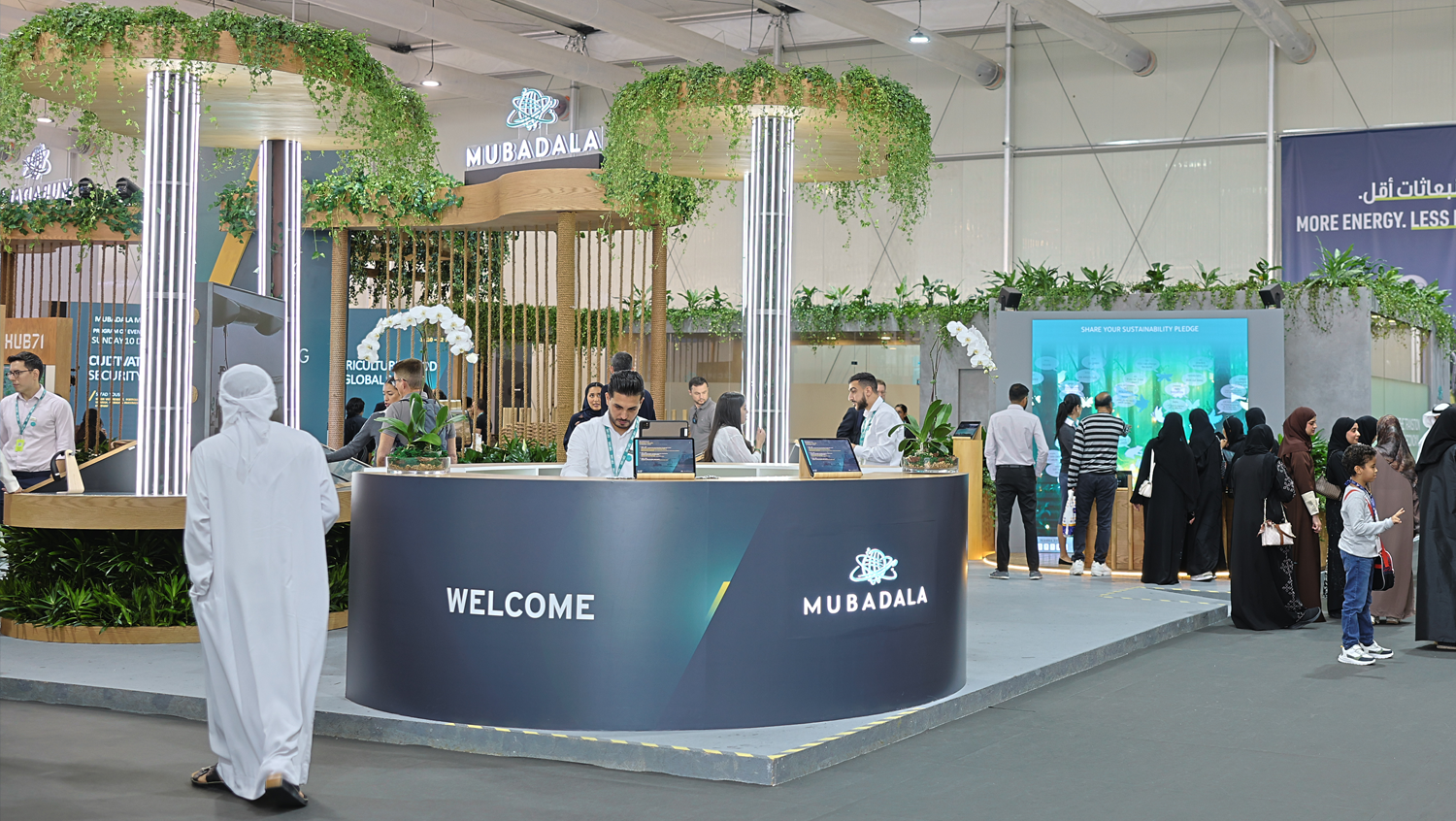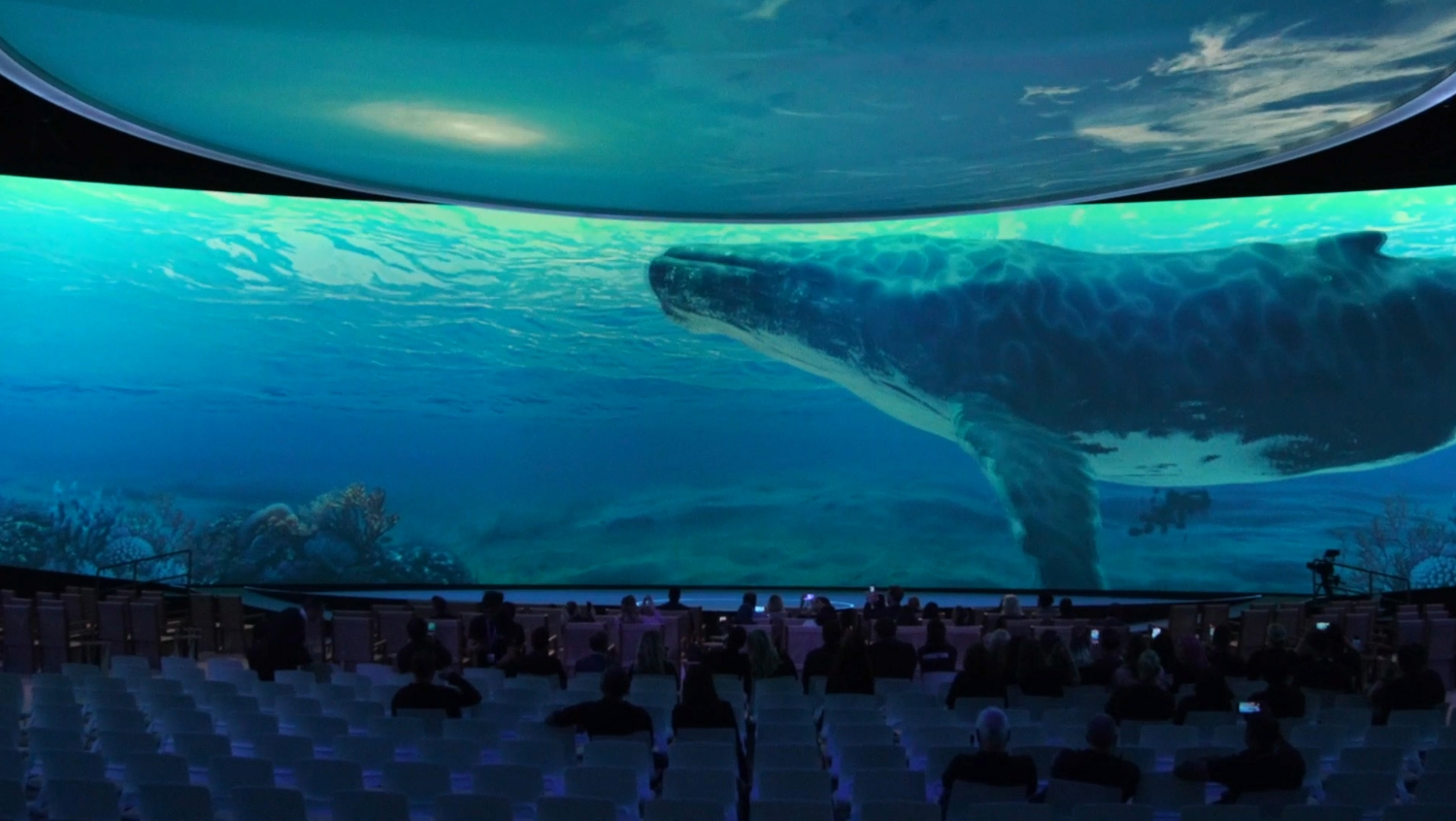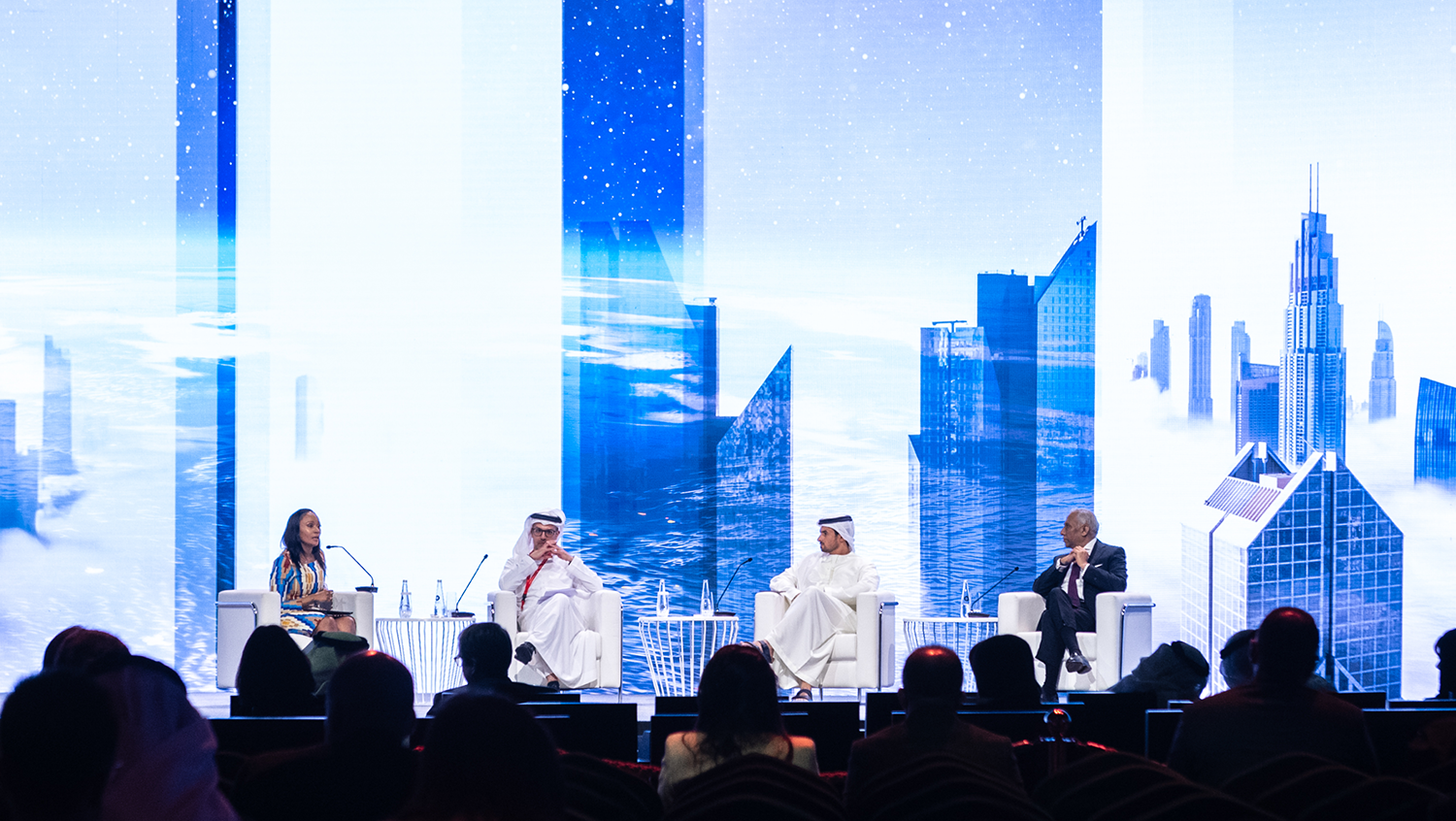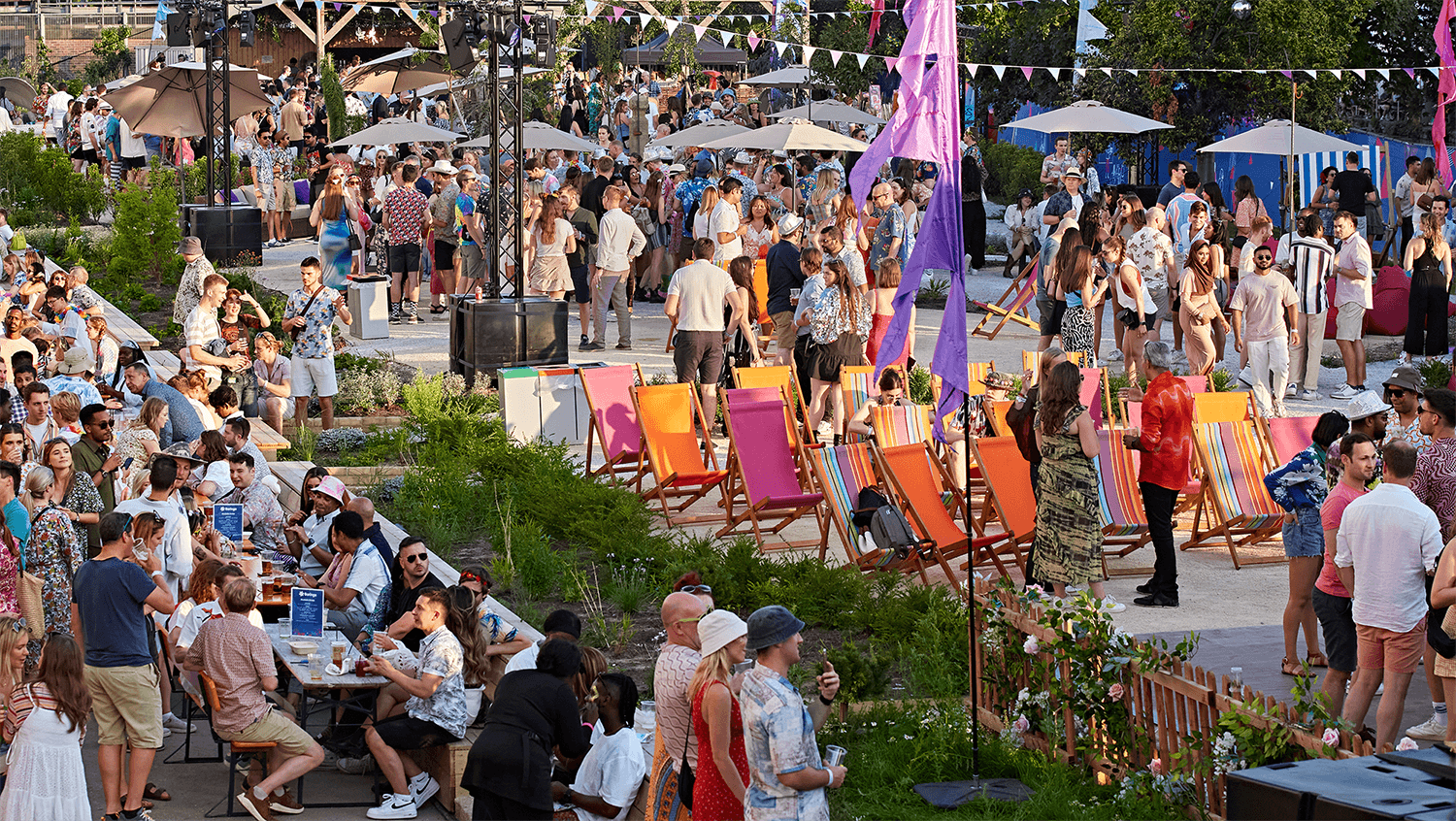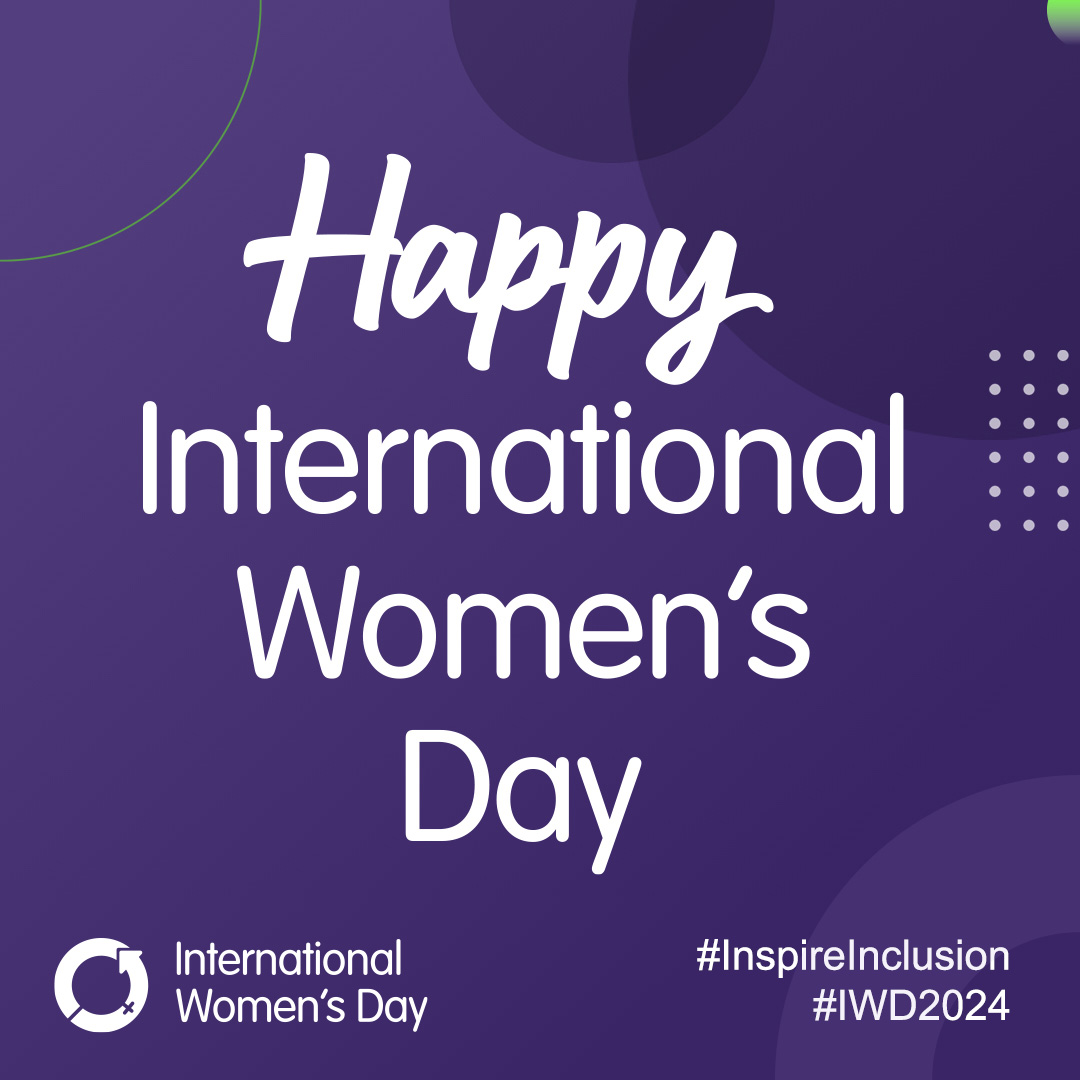2021 Predictions from Identity
Without question, this has been the most challenging of years for the live events industry and the people whose careers depend upon it. The impact of the COVID-19 pandemic was immediate and devastating. The only way to describe this situation is unprecedented. As 2020 draws to a close and we look towards a new year with hope, the Identity team have given us their predictions as we welcome 2021.
Michael Baldwin, Senior Graphic Designer
When live events return, the demand on creative studios will increase quite heavily, not only from a space planning and people flow point of view, but also incorporating the ‘COVID’ brand into the overarching brand of the event. This could take the form of standard health and safety signage or a more tailored approach to work alongside the event branding. Either way, I think there will be some creative event solutions to keep people safe.
Helen Kershaw, Senior Producer
2020 has given us a lot of time to reset and reflect on what works well, and where we can improve our activity for the benefit of not only our audiences but the world at large. I see this reset manifesting in different ways:
- Event Substance – Content will shift to become more discussion and collaboration focussed versus a cascade of information. The value of communication and thought sharing to define propositions, ambitions, objectives and goals has been amplified – everyone has found their voice and will expect to use it and be heard
- Sustainability – The tickbox approach to meeting sustainability goals is out; a proactive drive and innovation of thought to propel and surpass sustainable initiatives is in. The world is catching up with what must be done to effect impactful change, and if we’re not part of the solution, we are part of the problem
James Somers, Production Assistant
The trend towards a higher percentage of digital/virtual events will continue to be strong. Despite the prospects of in-person, physical events returning because of the COVID-19 vaccine successes, some of our clients are already talking up the successes of their online events. There are fewer overheads, less logistical planning required and therefore better margins. One of our big clients has already replaced their entire year of physical events with online events, in part down to the success of the projects we have delivered for them.
Shéa Bennett, Head of Strategy
Hybrid events will become the standard using a model of fewer in-person attendance, which is more VIP/special, then digitally amplified to essentially an unlimited audience to massively increase reach and event awareness.
Conversely, where this isn’t the optimal solution, more events will move outdoors to allow for safe(r) mass participation. Taking this a step further, we may find that the event calendar in the UK regroups around the summer months.
The world has doubled down on technology in 2020 and we’ll see the fruits of that next year with jaw-dropping interactive and immersive digital experiences and massively measurable improvements in Wi-Fi and connectivity at events.
Sustainability, sustainability, sustainability. If we’ve learned anything this year it should be that the planet was long overdue a big exhale. This will be the hot topic next year and for many to come. Agencies that can deliver eco-friendly solutions without sacrificing creativity and quality – and not breaking the bank – will be in high demand.
Finally, because this year has been so stifling, I envisage an outpouring of creativity in 2021 which will also be seen in the events industry, both in look and feel but also creatively solving problems (such as social distancing) and delivering new solutions, bringing events to life in ways that have never been seen.
Henry Flitton, Creative Technologist
We will initially see a mass abandonment of virtual events when COVID-19 restrictions ease with a bounce-back shortly after. The celebration of an end to “Zoom fatigue” and the novelty of meeting people face-to-face will give way to broader environmental concerns and a recognition that hybrid and virtual events can be a powerful and engaging tool when done properly.
Michael Gietzen, Managing Director
2021 will be the year for hybrid events. Clients will need to consider their budgets to accommodate the more costly approach than just live or virtual-only events but will benefit from the increased audience participation and engagement.
With 2020 being “The Year of Climate Action”, this should continue into 2021 as the UK Government prepares to host the 26th UN Climate Change Conference. Greater pressure will be placed on event organisers, agencies and suppliers to make substantial steps in reducing their impact from event delivery which will come under close scrutiny from event-goers.
Billy Cook, Account Manager
Social Distancing is here to stay for the foreseeable future. I believe while the risk of coronavirus remains, the typical events and exhibitions we have all historically been used to organising and hosting just won’t be possible in the same capacity. This will, in turn, create a trend for smaller more personalised events. The large events will still thrive but will no doubt have smaller/reduced numbers of attendees and there will be heavy investment in hall and floor plan layouts to ensure social distancing remains in place and that space is optimised in line with health and safety.
I believe the ‘new era’ events industry will steer towards hybrid events following the amount of adapting and pivoting the world has had to endure since the outbreak of COVID-19. This will no doubt consist of VR & AR elements integrated and built into the stand design from the outset. I think this could be really positive if utilised correctly as it will allow for the normal face-to-face engagement at the event but will also have a digital element which can be shared to larger audiences at the same time.
Creativity, innovation and technology will be incredibly important in this new era of events and keeping one step ahead of the curve will be the name of the game in 2021. Identity welcomes that challenge.
Luke Ticehurst, Graphics Manager
The continued development of more eco-friendly, sustainable and/or recyclable materials used for printing in events and exhibitions will take further steps. It felt like 2019 was the biggest push in the right direction so far for a historically very wasteful industry, with more clients asking for these and more manufacturers developing and offering the materials. Towards the end of 2019, several varying materials both hard (sheet) and soft (roll) were being pushed and used, although at the time, still much more expensive than more commonly used materials in the industry.
However, while 2020 hasn’t allowed for live events and exhibitions to proceed during that time, I’d predict that lots of manufacturers have been working on how to reduce their costs which will assist with these materials being the go-to substrates from now on for events and exhibitions. This will only continue to develop into 2021 and beyond.
Finally, the growing nature of virtual events in 2020 will have had a positive effect on the environmental impact of events in general. This includes the overall reduction of physical printing and manufacturing taking place, but also a huge impact on emissions with greatly reduced travel to events and no large expenditure of power to put on the live event.
While virtual events were initially used through necessity, I am sure those planning events will understand the positive environmental impact it has had and will therefore consider this option further in 2021 as a way to reduce waste. For example, if content can be produced digitally and have the same impact on the event. It won’t be the case for every event, but worth considering if even a section of the event can be produced/carried out virtually.
Matt Garcia, Senior Strategist
I believe that virtual engagement with a customer base (whether B2C or B2B) will be a permanent feature for private or public clients. The superior data that comes from monitoring a customer journey at a virtual event makes this a very valuable market engagement platform.
Open-air events will boom due to the reduced risk of infection transmission.
I believe that overlay and many types of large scale temporary structures, with open sides, will be in high demand and consequently difficult to source.
5G roll-out will be accelerated so that events and activations using AR can bring experiences to people, rather than people having to go to mass attendance events.
Partnerships with exhibition and production companies in Europe will be even more important as the transport of goods from the UK will cost even more and become (more) budget-unfriendly. The impetus to build locally and sustainably will be important. Production Managers with multi-lingual skills will be in demand.
Sustainability and the circular economy will be in sharp focus for business (material choices for builds, legacy value/repurposing) as governments race to reduce carbon emissions and footprints globally. This will have an impact on how designers approach a project which involves construction.
Grassroots innovation will surge (if not squashed by corporate lobbies) to provide new ideas and hope to more impoverished societies, such as was seen during the rush to help the sick during the pandemic. There is currently a surge in venture-capital investment for medical innovation. This will have a knock-on effect on other sectors, such as event venues and how they promote clean or sanitised airflow.
Sam Southon, Client Services Manager
Since the rise of hybrid and virtual events, data and post-event analytics have been crucial in proving return on investment. I think moving back into face-to-face live events, a greater emphasis will be placed on agencies to prove ROI using data metrics in a live environment.
Janet Dodd, Director of Live Events
Hybrid is here to stay for the short to medium term. Live events will return as long as the COVID-19 mutant doesn’t impact vaccine effectiveness. Sustainability and personalisation will be essential. Post-COVID festivalisation will be important where events are organic and visitors decide how to engage with content.
Charlie Hepburn, Client Strategy Director
The consideration for virtual audiences needs to be “what’s in it for them?”. How do they get rewarded in an emotional and/or community-based way?
Events will need to be positive. Experiences that create a smile, are honest, authentic and have no hidden agenda are a must. Audiences will no longer stand for something superficial; they will see straight through it and walk away.
Expect more “hub and spoke” experiences – a semblance of shared experiences contributing to something bigger, joined through technology that encourages connection, sharing, debate and exchange.
The significance of the second screen for engagement – big screen to consume, little screen to contribute – to take advantage of the tools that most of us have.
Virtual networking must improve. Serendipity needs to be created (a terrible oxymoron but it is true). The use of AI to look behind an individual’s facade and understand what they are interested in allowing them to ‘link’ with and whom, increasing the value exchange.
Conclusion
As we have seen, the consistent themes and overall trends from the above for predictions for 2021 include a huge drive to continue to improve sustainability and reduce waste across the industry, that virtual/hybrid events are here to stay for the foreseeable future, that COVID-19 has reimagined how data is measured and that content will become collaborative and engaging. It will certainly be interesting to reflect on these predictions in a year!



